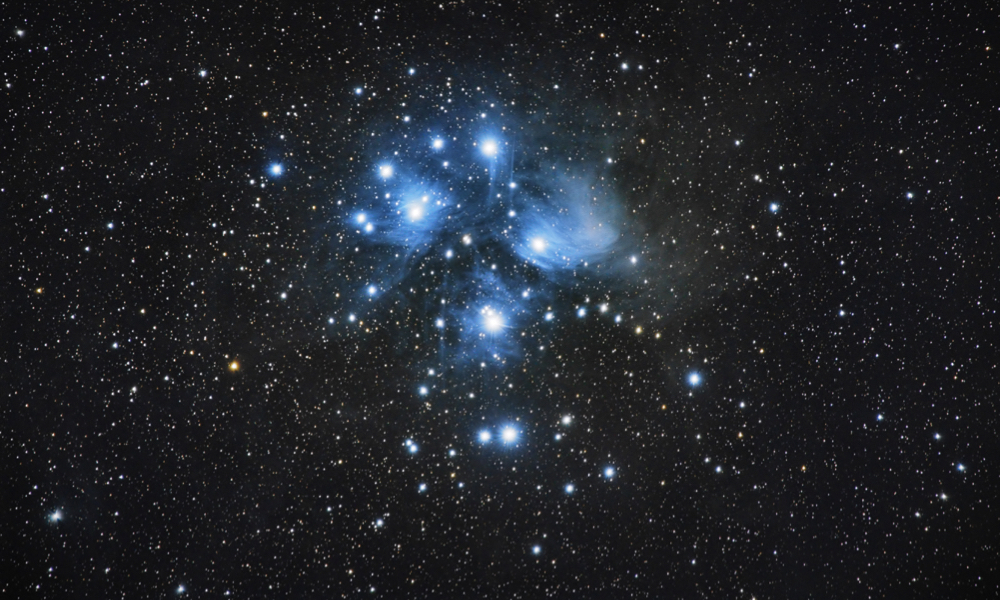
ESA Open Invitation To Tender AO8620
Open Date: 09/11/2016
Closing Date: 21/12/2016 13:00:00
Status: ISSUED
Reference Nr.: 16.1EE.05
Prog. Ref.: TRP
Budget Ref.: E/0901-01 – TRP
Special Prov.: BE+DK+FR+DE+IT+NL+ES+SE+CH+GB+IE+AT+NO+FI+PT+GR+LU+CZ+RO+PL+EE+HU
Tender Type: C
Price Range: 200-500 KEURO
Products: Satellites & Probes / System Engineering Software / Environment Models and Computational Tools / Radiation belts, Solar energetic particles, Galactic cosmic rays, ¿
Techology Domains: Spacecraft Environments and Effects / Space Environment / Numerical modelling of environments
Establishment: ESTEC
Directorate: Directorate of Technical & Quality Manag
Department: Electrical Engineering Department
Division: Electromagnetics and Space Environment D
Contract Officer: Singer, Anze
Industrial Policy Measure: C3 – Activities restricted to SMEs & R&D organisations, prefe…
Last Update Date: 09/11/2016
Update Reason: Tender issue
Magnetospheric missions such as Cluster, DoubleStar and MMS flew Active Spacecraft Potential Control (ASPOC) systems to control andstabilise the spacecraft surface potential to a few volts positive. This is required in regions where photoemission would result inlarger and unstable positive potential, preventing to measure the entire distribution functions of plasma populations which future missions, e.g. THOR, must measure down to the 1eV level.As the Debye length is generally much larger than the spacecraft, the spacecraft electrostatic potential influence extends over a volume much larger than the spacecraft. Mitigation of the effect of the spacecraft potential is part of the electrostatic cleanliness requirements for particle and field measurements, and implemented through anumber of measures (conductive surfaces, long booms, use of ASPOC system, etc.). The operations of ion emitters introduces a perturbation due to the positive space charge in the beams, which disturbs particle trajectories and electric fieldmeasurements. This space charge is inherent to the system and its influence can only be minimized by a careful estimate of the needed current and optimal distribution of the beams with respect to the fields probes and particle sensors.Interpretation of data taking into account the influence of a positive space charge has to rely on a numerical model which allows to accurately represent the dynamical aspects of thesystem: platform spin, emitter operations, variable solar illumination, etc. giving rise to an asymmetric time varying photoelectron cloud. At the same time low energy particles are affected by the potential barrier in the ion beam and overall spacecraft charging, while ions drifts and wakes also affect the field measurement.This activity will address the improvement of the SPIS spacecraft plasma interaction simulation toolkit in order to model the low-level electrostatic environment of an ion emitting spacecraft. Critical analyses will be performed of the requirements with respect to spinning emitting spacecraft, the beam, photoelectron and space-charge conditions, and the associated numerical simulation challenges. The system will be improved to accurately model the environmentand provide capabilities to aid the ASPOC accommodation, characteristics and operation, and interpret instrumentmeasurements in such an environment.Procurement Policy: C(3) = Activity restricted to SMEs RD Entities. For additional information please go to EMITS news “Industrial Policy measures for non-primes, SMEs and RD entities in ESA programmes”.
If you wish to access the documents related to the Invitation to Tender, you have to log in to the ESA Portal.
